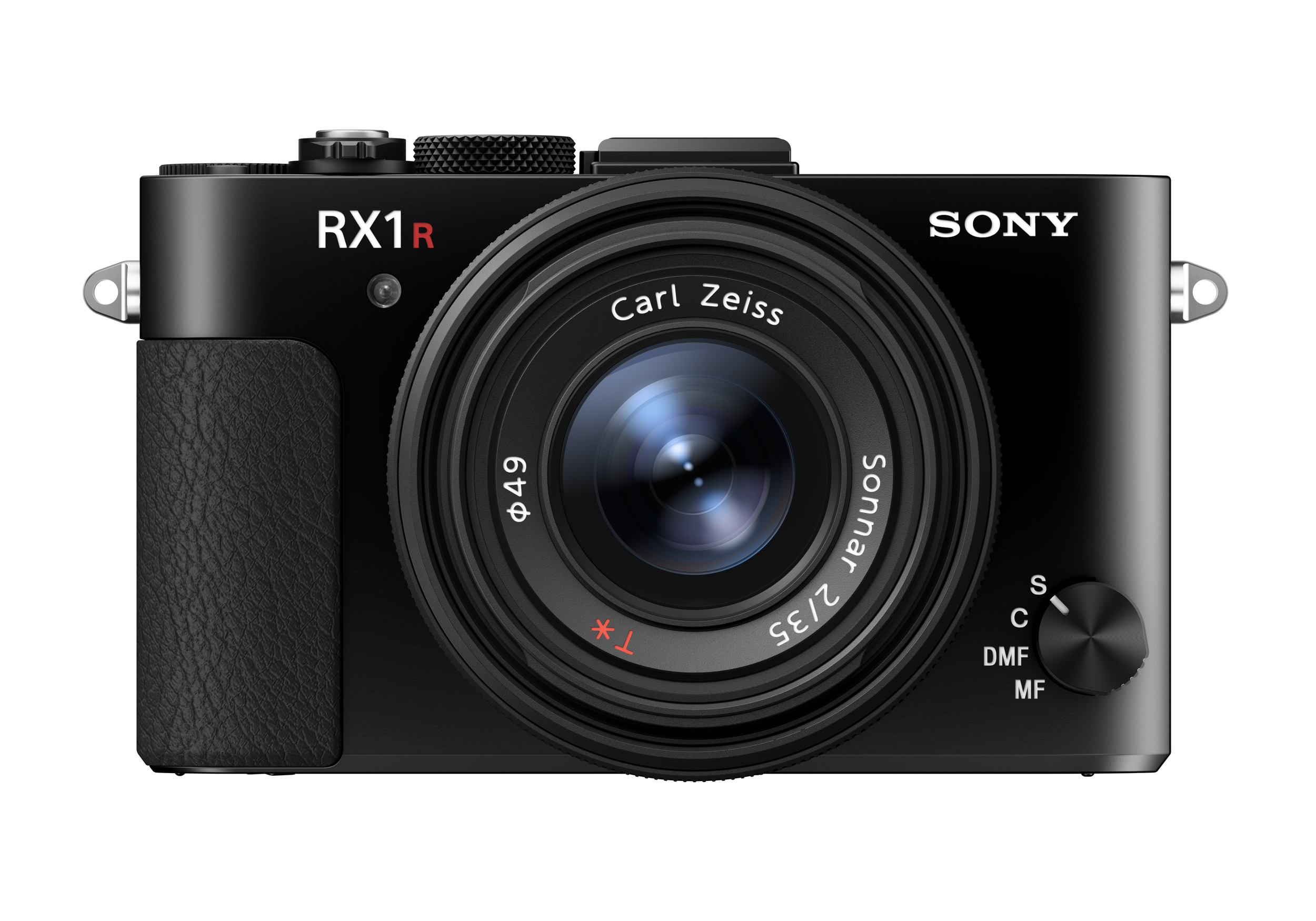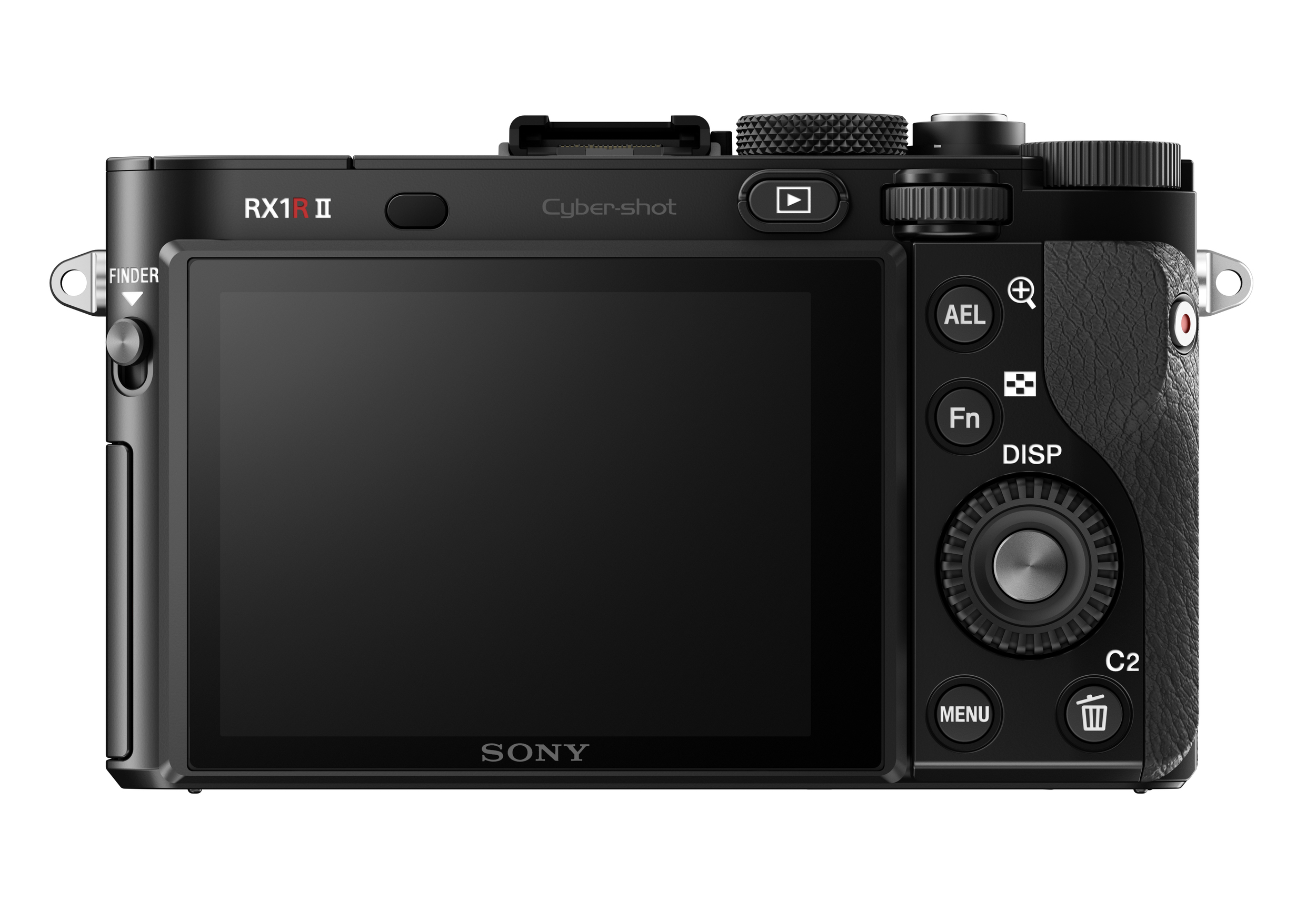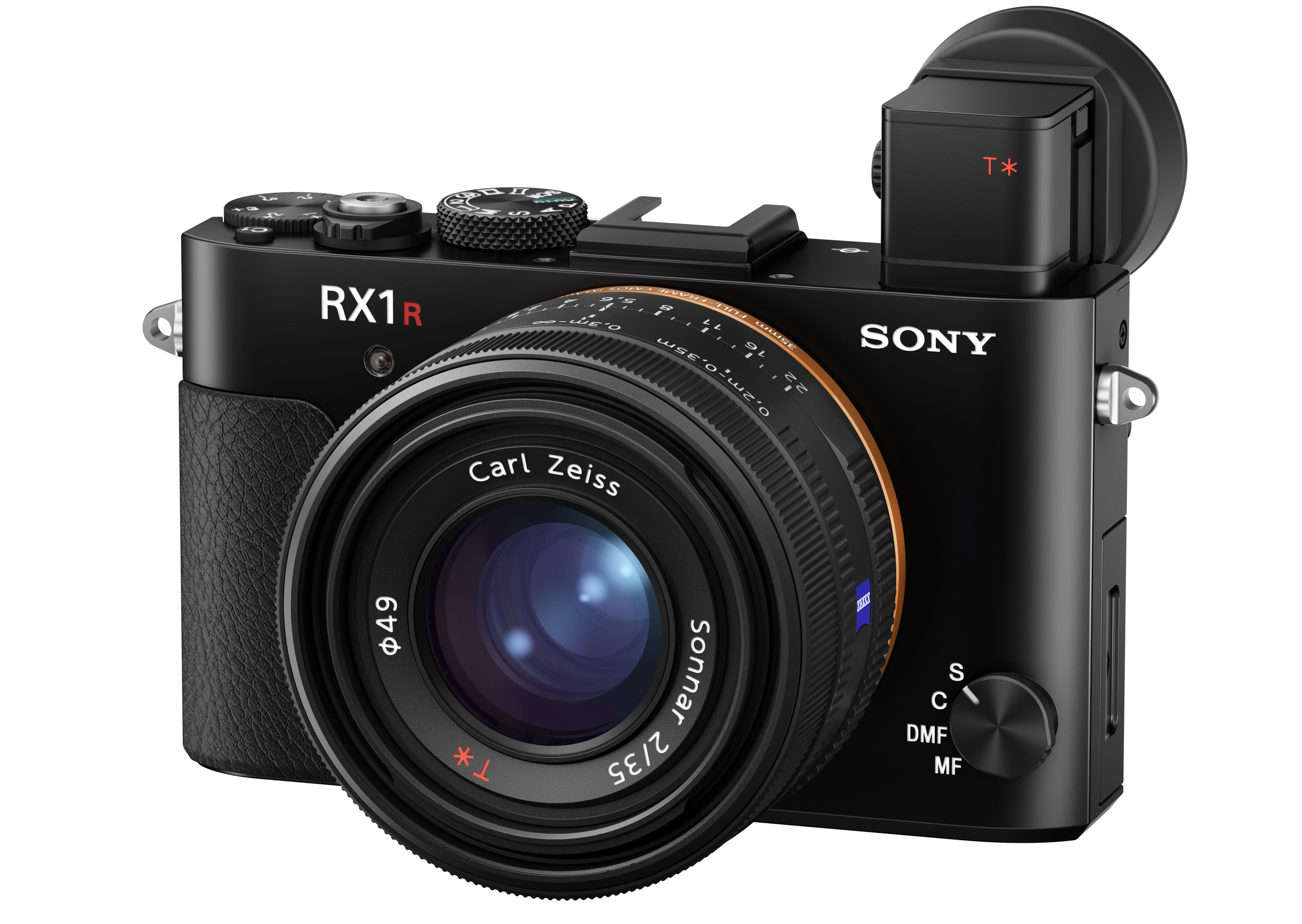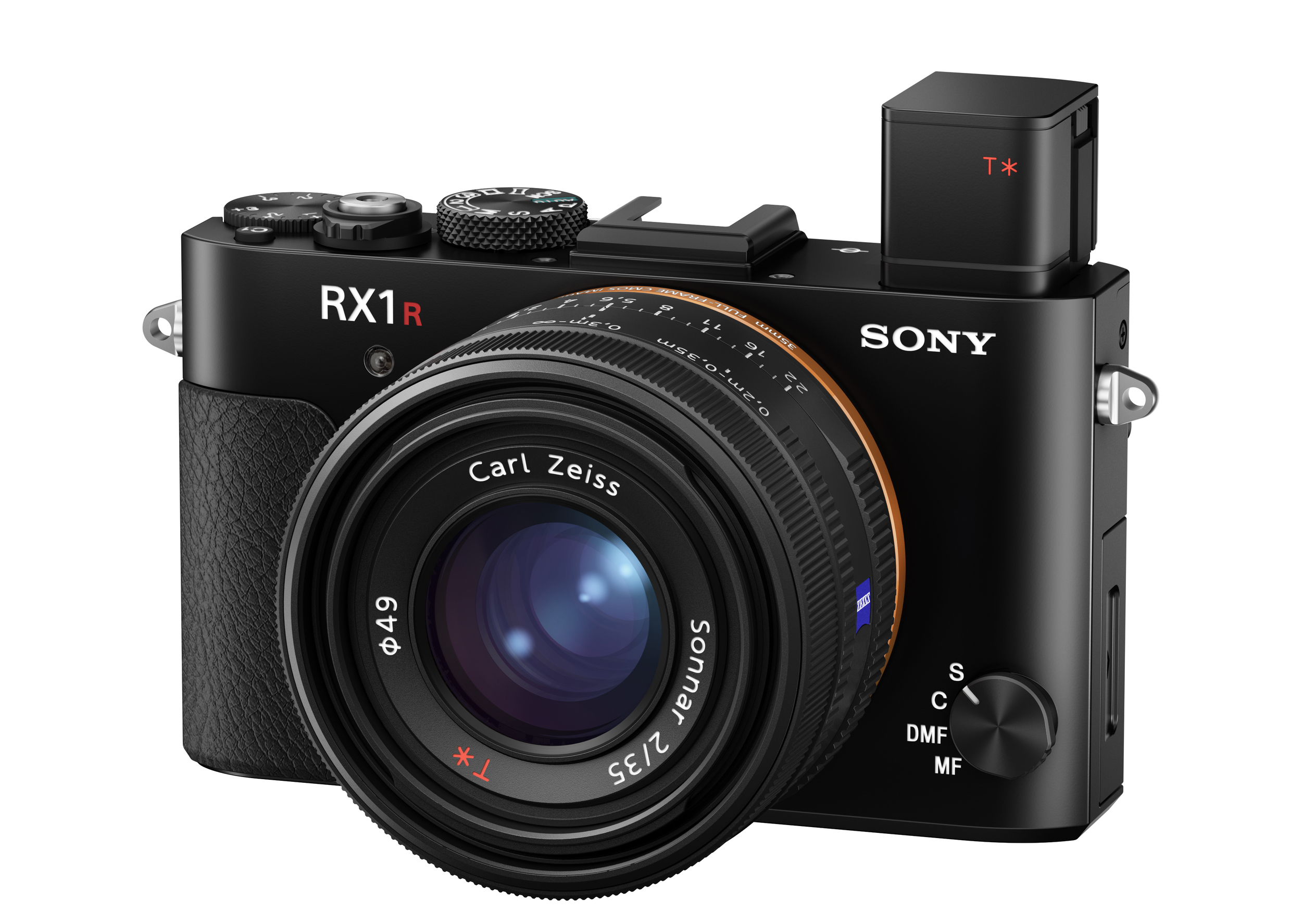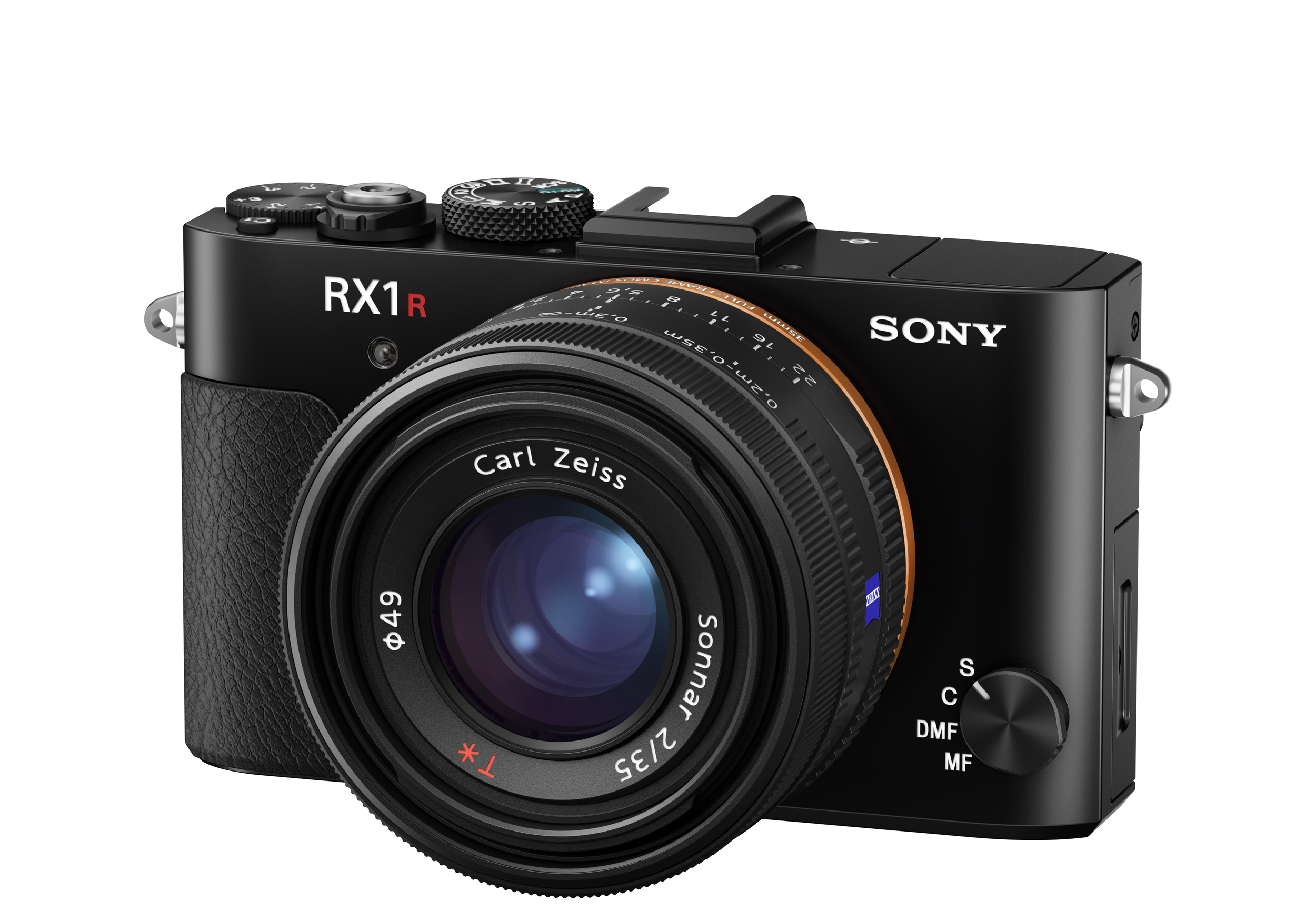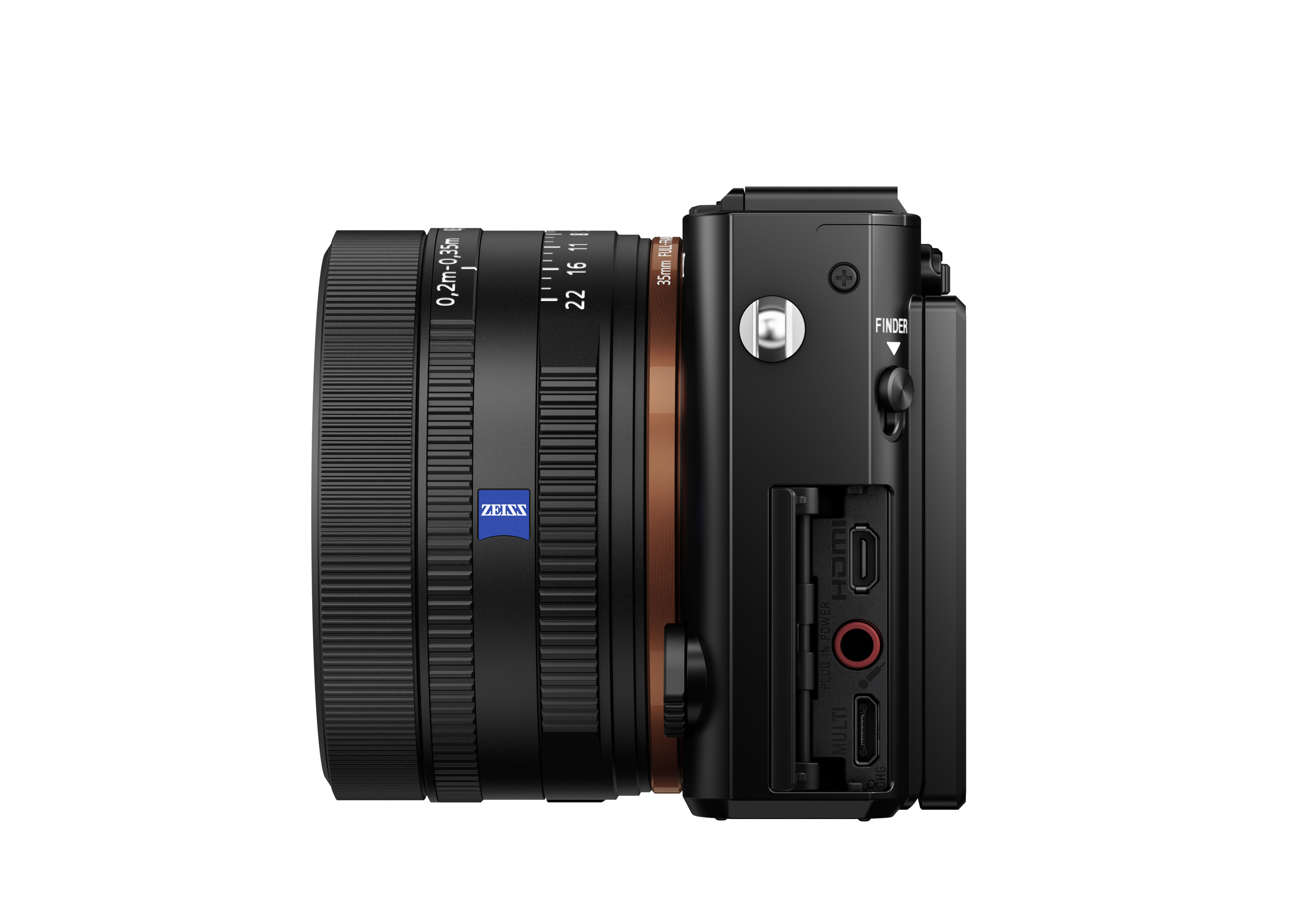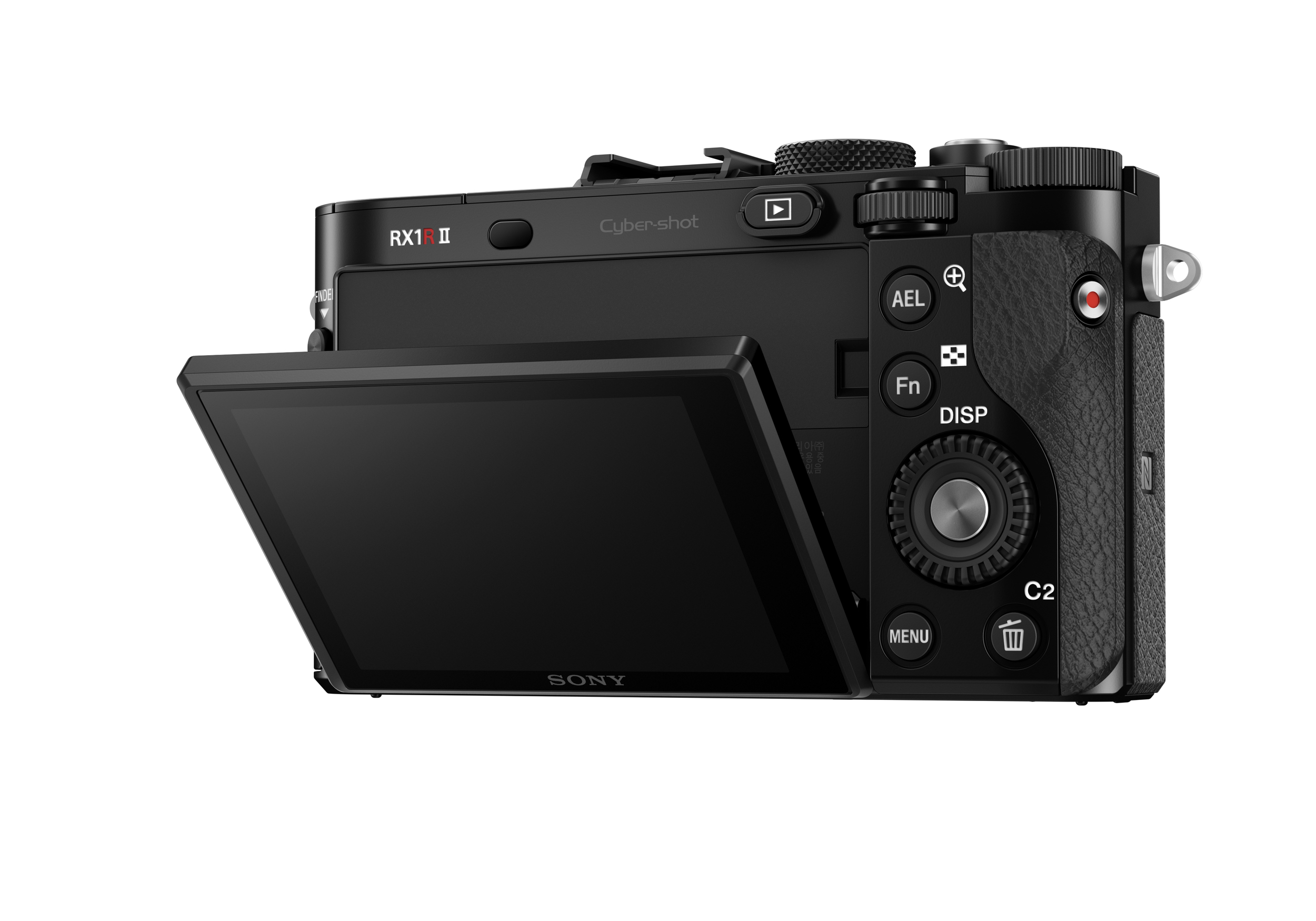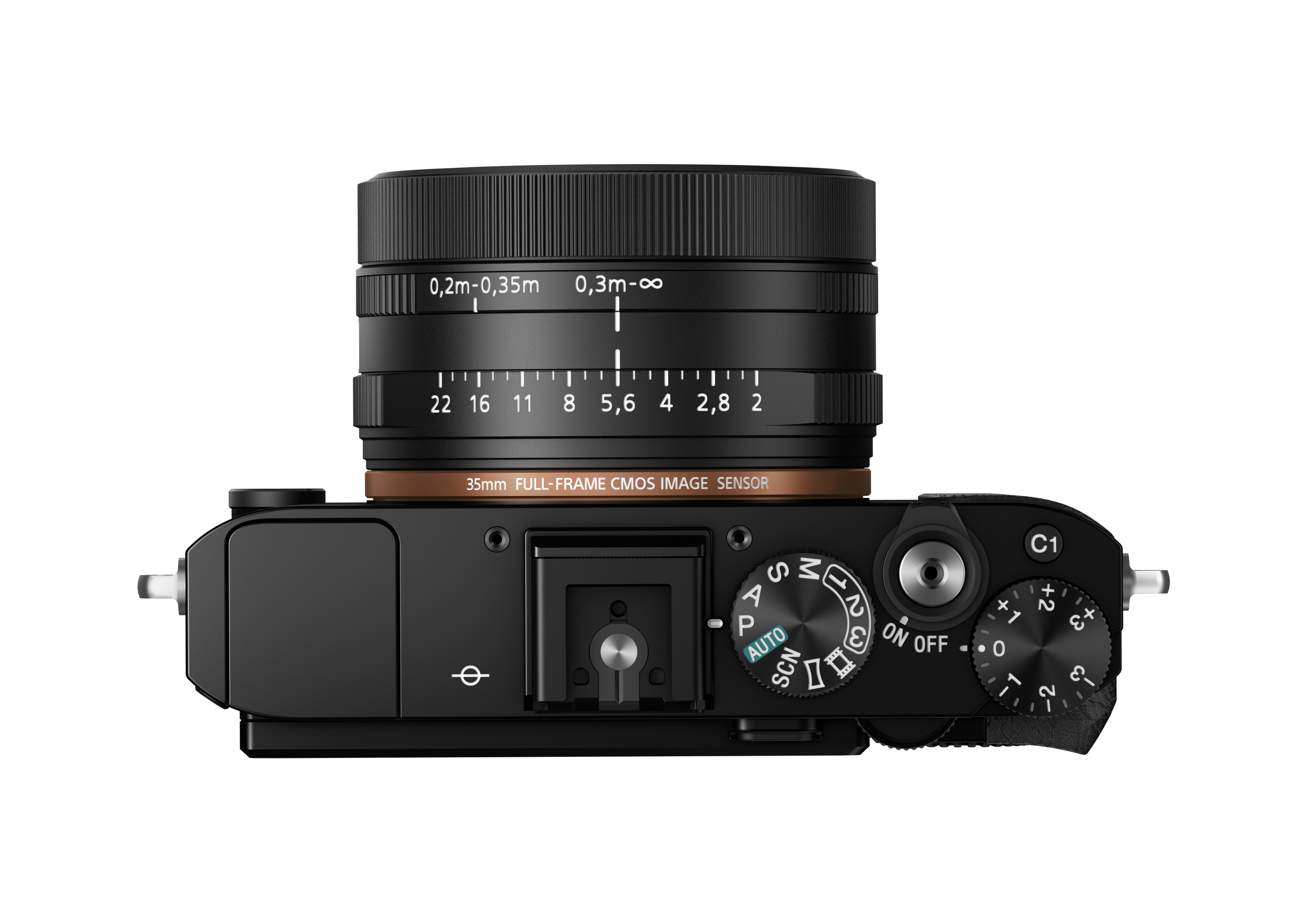Olympus today introduces their new OM-D E-M1X camera: designed to meet professional photographers needs for reliability, speed, precision and image quality.
The E-M1X remains true to Olympus’ promise to design the most compact and lightweight camera system in its class whilst packed with the latest imaging technologies in a robust casing with integrated vertical grip.
Featuring the world’s best image stabilization (IS) performance1, a re-developed and fast autofocus (AF) system, as well as two TruePic VIII image processors allowing for high-speed responsiveness and handheld High Res Shots; this powerhouse camera offers a compelling mix of impressive featuresand portability.
Combined with Olympus’ high-resolution M.Zuiko lens line-up; fields where portability, speed and reliability are absolutely essential – such as wildlife, documentary and sports photography high-end image quality and effective shooting results are possible.
Two years after laying down a marker in the professional camera category with the OM-D E-M1 Mark II, new M.Zuiko PRO lenses and the launch of the Olympus PRO service, the new E-M1X will now be added to Olympus’ offering for professional users. With its integrated vertical grip, the world’s best dust-, splash- and freezeproof body2 and numerous new features demanded by professional photographers, the E-M1X offers unprecedented control, ergonomics and stabilitywhile delivering professional results under all weather conditions. With a new gyro sensor, Olympus has taken their acclaimed 5-axis sync IS to a new level offering up to 7.5 shutter speed steps of compensation1. The OM-D AF system has been completely redeveloped, offering additional focal points and a new intelligent subject detection function to automatically track certain subjects. The high-speed shooting capabilities have been enhanced and anti-flicker shooting has been added. Further improvements include a handheld High Res Shot, a live ND filter functionality as well as a customizable menu, USB powering & charging capabilitiesand two UHS II SD card slots. In combination with high-quality M.Zuiko lenses, a new wireless flash and the image management software “Olympus Workspace”, the E-M1X is the perfect tool to capture professional results.
High speed performance and excellent image quality
Speed and image quality of the new E-M1X are fueled by a 20.4 MP Live MOS sensor with a new coating in order to deliver improved sensitivity as well as two TruPicVIII high-speed image processors improving fundamental performance factors such as start-up time and recovery time from sleep mode. The dual processor design not only contributes to a faster camera, but also allows the support of two high-speed UHS-II SD card slots and enables the latest shooting functions such as Handheld High Res Shot, Live ND, and Intelligent Subject Detection AF.
With the E-M1X, Olympus engineers have taken image stabilization yet another step forward: by introducing a redeveloped gyro sensor, the camera allows for the world’s best compensation performance. In combination with a M.Zuiko IS PRO lens, this technology enables the 5-axis sync IS to compensate for approx. 7.5 shutter speed steps1, eliminating the need for a tripod and enabling free-hand shooting in various conditions.
With locked AF, the E-M1X features high-speed sequential shooting at a maximum of 60 fps to capture split-second moments that the human eye cannot see. With AF/AE tracking, a maximum of 18 fps may be reached.
The camera’s Pro Capture Mode records up to 35 frames retroactively from when the shutter button is released during shooting. This feature already received praisewhen being introduced on the OM-D E-M1 Mark II, and is ideal for action photography.
In addition to high-resolution maximum 80 MP images that can be captured in Tripod High Res Shot, a Handheld High Res Shot functionality is now available on the OM-D E-M1X: designed for photographers who don’t want to be limited by using a tripod, this function generates a single high-resolution shot equal to that captured with a 50 MP sensor – without any signs of blur caused by handshake.
A new Live ND functionality incorporates slow shutter speed effects as though using an ND filter. The scene can be reviewed in the viewfinder and the effect edited before users take the photo. Effects can be set in five levels: ND2 (equivalent to one shutter speed step), ND4 (2 steps), ND8 (3 steps), ND16 (4 steps), and ND32 (5 steps).
Movie capabilities and more
In addition to professional-quality photos, the new E-M1X is a master at movie-making. It features all the extras videographers need to capture moments as they happen.
With the ultra-high Cinema 4K (C4K, 4096 x 2160) movie format, videographers not only have the highest recording resolution to date, but also more flexibility when it comes to postproduction.
The powerful 5-axis IS and electronic stabilization enable refined handheld 4K and C4K video recording with three selectable levels of movement compensationdepending on the photographer’s posture and movement.
To counteract changing lighting conditions typical during documentary and nature shooting, the E-M1X supports log shooting. OM-Log400 delivers movies without loss of details in shadows or highlight blowouts, and greater freedom over video creativity through color grading.
120 fps high-speed movies are also now supported in Full HD resulting in the capability to shoot cinematic movies with slow-motion perception.
The OM-D E-M1X contains a built-in GPS sensor, temperature sensor, manometer and compass, collectively known as ‘field sensors’. In addition to location information such as longitude and latitude, these sensors detect and record the temperature, elevation, and direction of the camera for adding detailed shooting information to images.
With an anti-flicker shooting feature, the camera detects the flicker frequency of artificial light sources and activates the shutter at peak brightness to minimizeuneven exposures and coloring between sequential frames. Flicker scan suppresses striped patterns that can occur when using Silent Mode (electronic shutter) and when shooting movies, so that users can fine tune the shutter speed.
A new Wi-Fi capture allows tethered shooting without a cable and makes it possible to transfer images wirelessly to a computer with the “Olympus Capture” camera control software.
Availability & pricing
The OM-D E-M1X is compatible with Olympus’ range of professional-grade Micro Four Thirds lenses and accessories, including tailor-made camera bags, electronic flashes and flash accessories (see below).
The OM-D E-M1X will be available from late February as a body only at RRP of £2799.99.
Dedicated pre order offers are in place via selected retailers to offer customers a £200 trade in discount plus touch and try events available via https://www.olympus-imagespace.co.uk











